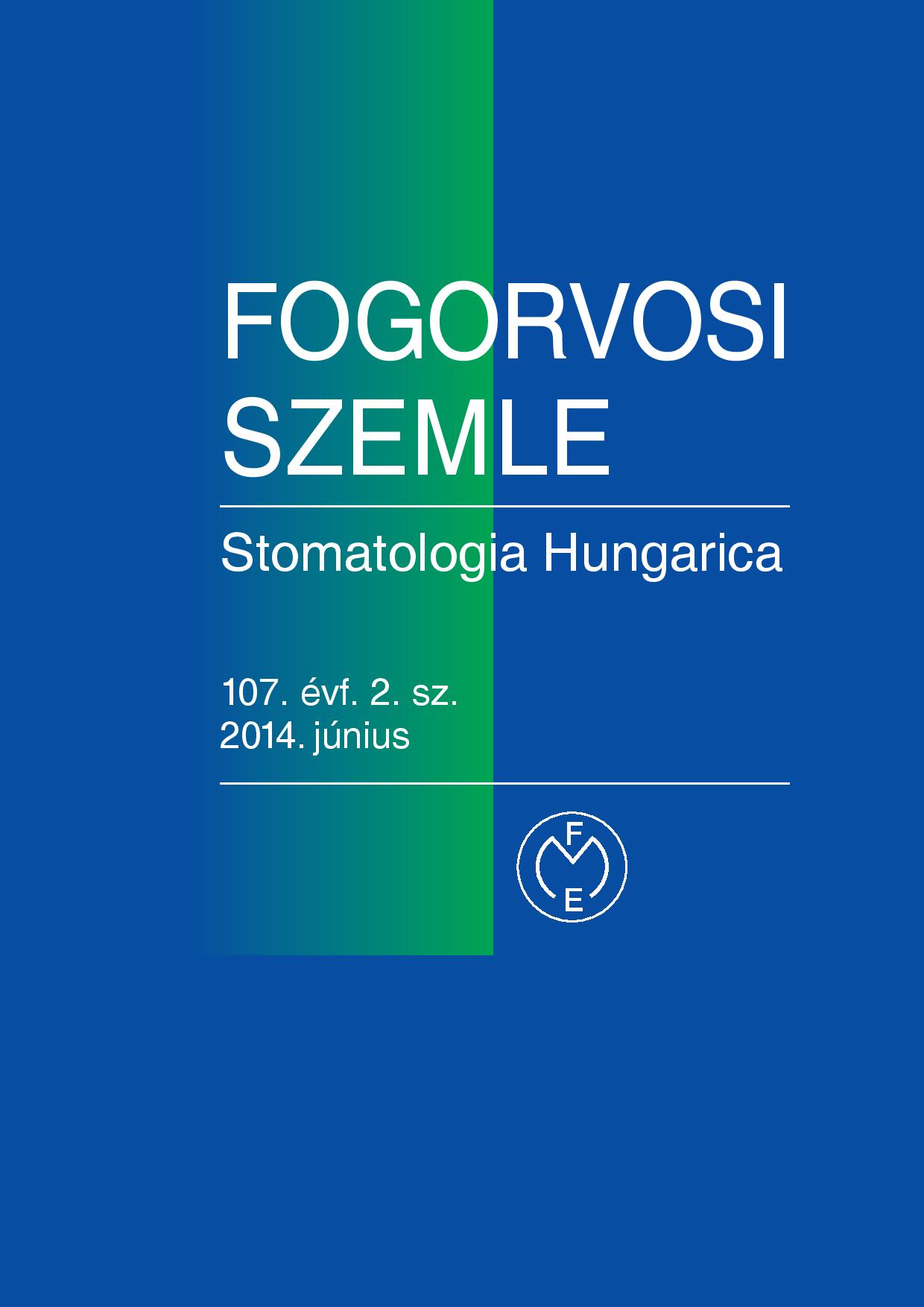A case study showing new quantitative measuring protocols for assessing dental implant surface treatments tailored for osseointegration
Abstract
Connecting implant to bone tissue is central to modern implantology. Dental-implant surfaces are machined then modified
with various treatments. Secondary stability of implants depends on osseointegration, which is influenced by implant-
surface micromorphology. The aim of the present research is to develop new methods of implant-surface analysis
and quantities of adhering bone. 2 mm-thick discs were machined from Grade 4 titanium. The discs received surface
treatments identical to those on Uniplant SP® type implants. As tests can only be performed on a flat surfaces and difficult
on curved implant surfaces therefore it was conducted on discs. Both received laser surface modification (LSM) at
3 Joules. Histological tests on animal-experiment models showed high-energy LSM discs osseointegrated better than
freshly-machined discs. After animal-experiment tests, the process was patented and then introduced into clinical practice.
Over 9 years passed before the removal of two LSM implants in October 2013 because of periimplantitis. After extraction,
scanning-electron-microscope examinations discovered bone tissue in the screw thread area of LSM zones.
Dental implant surface area under bone tissue was measured by a new method for comparing implant-surface regions.
Stereo-microscope and image-analysis software assessed the surface area covered by bone tissue. A new measurement
method was worked out for comparing bone-covered surface area versus bone-free area.
Copyright (c) 2021 Authors

This work is licensed under a Creative Commons Attribution 4.0 International License.


.png)




1.png)



